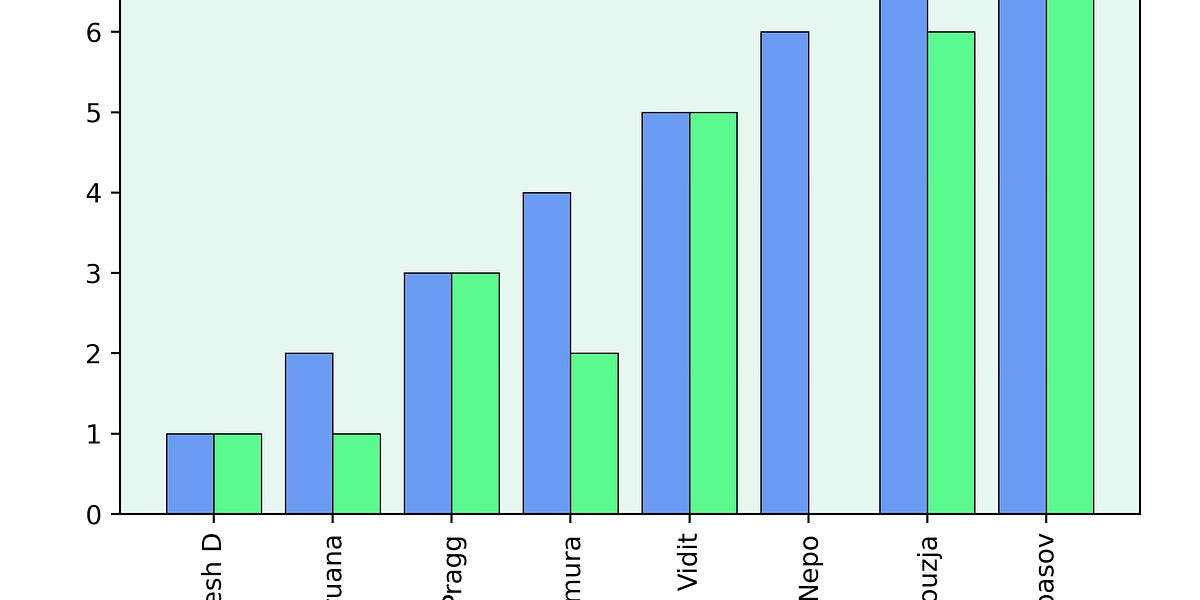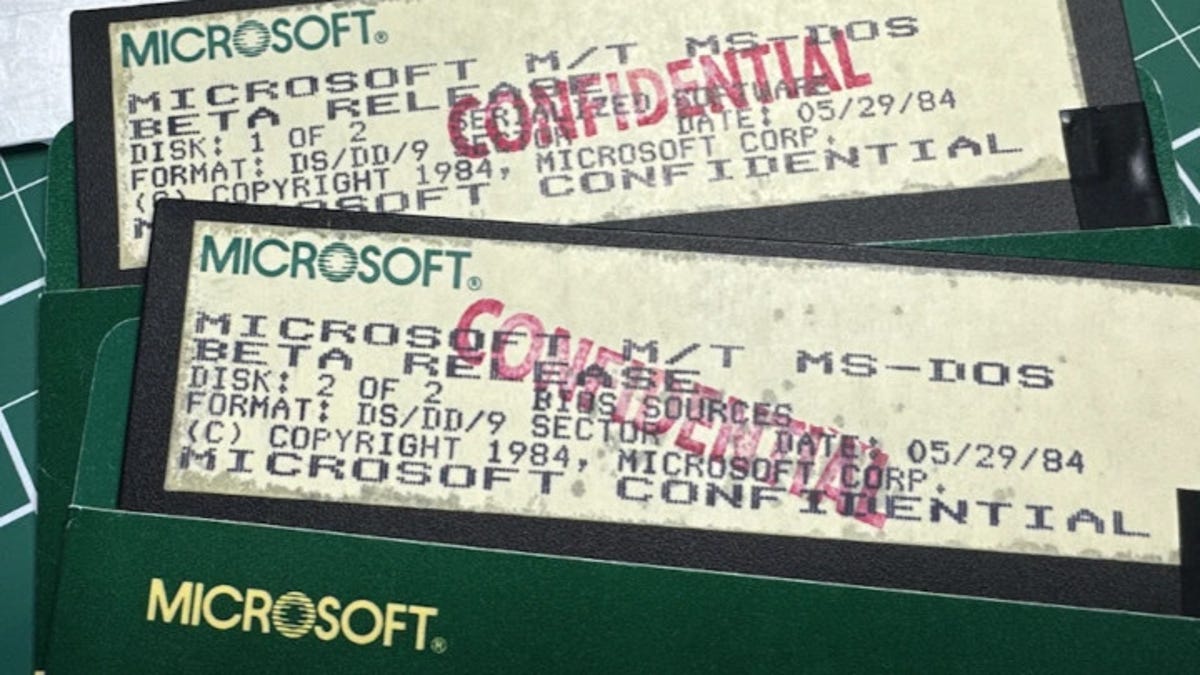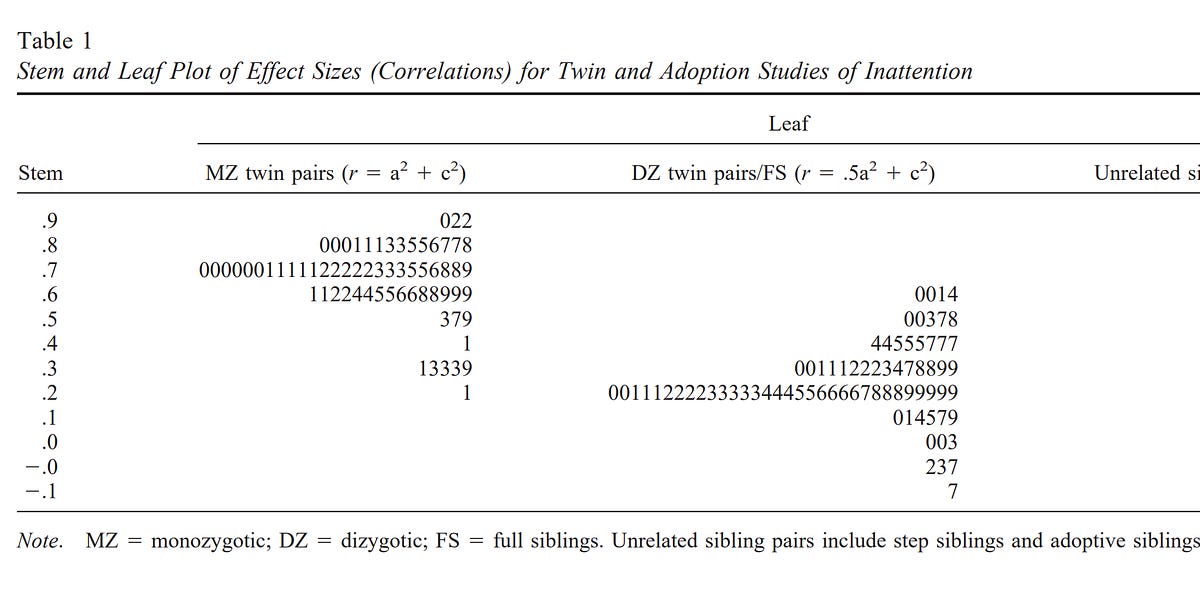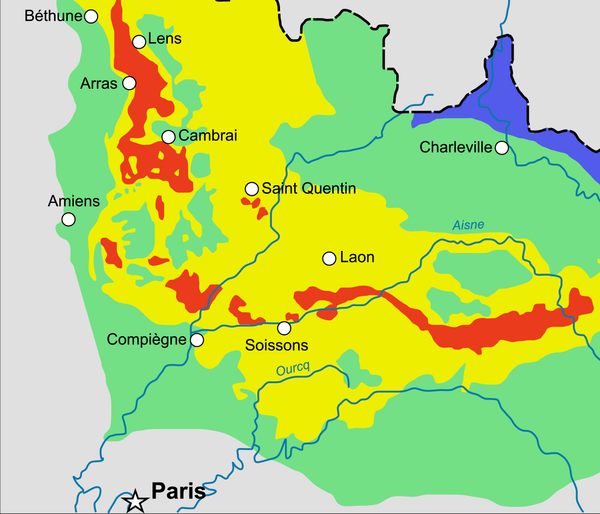Goodenough-Kanamori rule
The Goodenough-Kanamori rule, first formulated by Goodenough in 1955 (Goodenough 1955; Goodenough 1958) and subsequently provided more rigorous mathematical underpinning by Kanamori (1959), applies to interatomic spin-spin interactions between two atoms, each carrying a net spin, that are mediated by virtual electron transfers between the atoms (superexchange) and/or between a shared anion and the two atoms (semicovalent exchange). A virtual electron transfer occurs between overlapping orbitals of electronic states that are separated by an energy ∆E; and a spin-spin interaction mediated by an electron transfer, virtual (or real as in ferromagnetic double exchange), is a kinetic exchange. Orthogonal orbitals do not overlap, so there is no electron transfer and the exchange interaction between spins in orthogonal orbitals is a ferromagnetic potential exchange; it is responsible for the Hund highest-spin rule for the free atom or ion.
The Goodenough-Kanamori rule states that superexchange interactions are antiferromagnetic where the virtual electron transfer is between overlapping orbitals that are each half-filled, but they are ferromagnetic where the virtual electron transfer is from a half-filled to an empty orbital or from a filled to a half-filled orbital. The Goodenough-Kanamori rule is the same for both superexchange and semicovalent exchange.






















